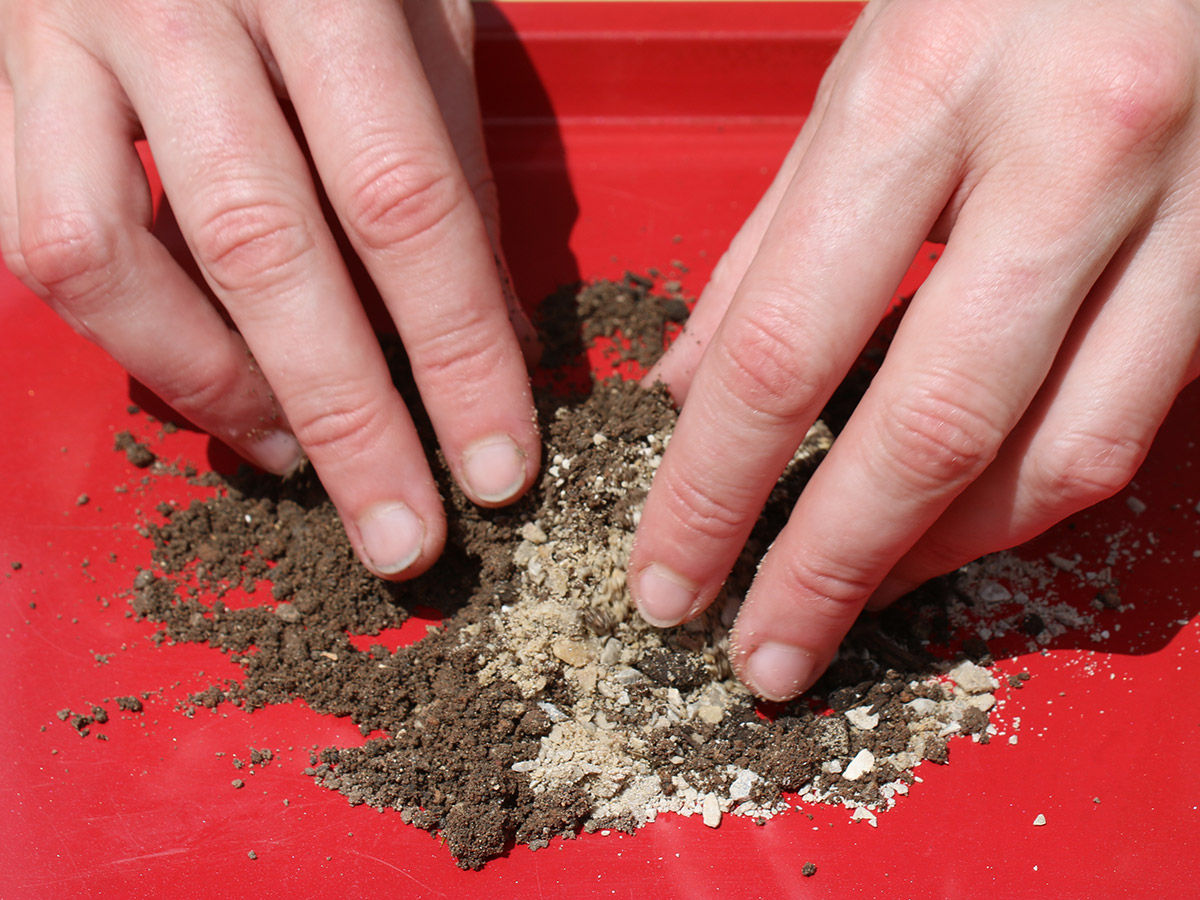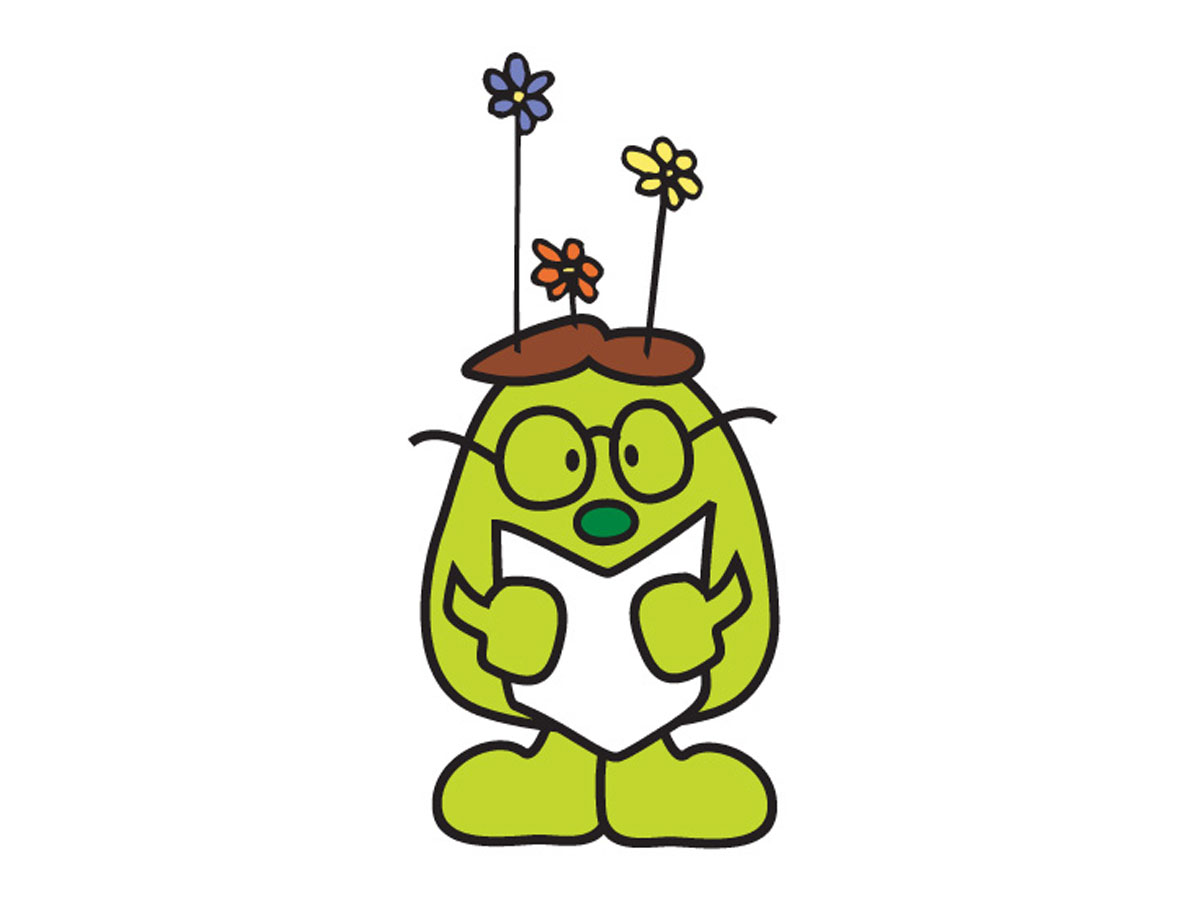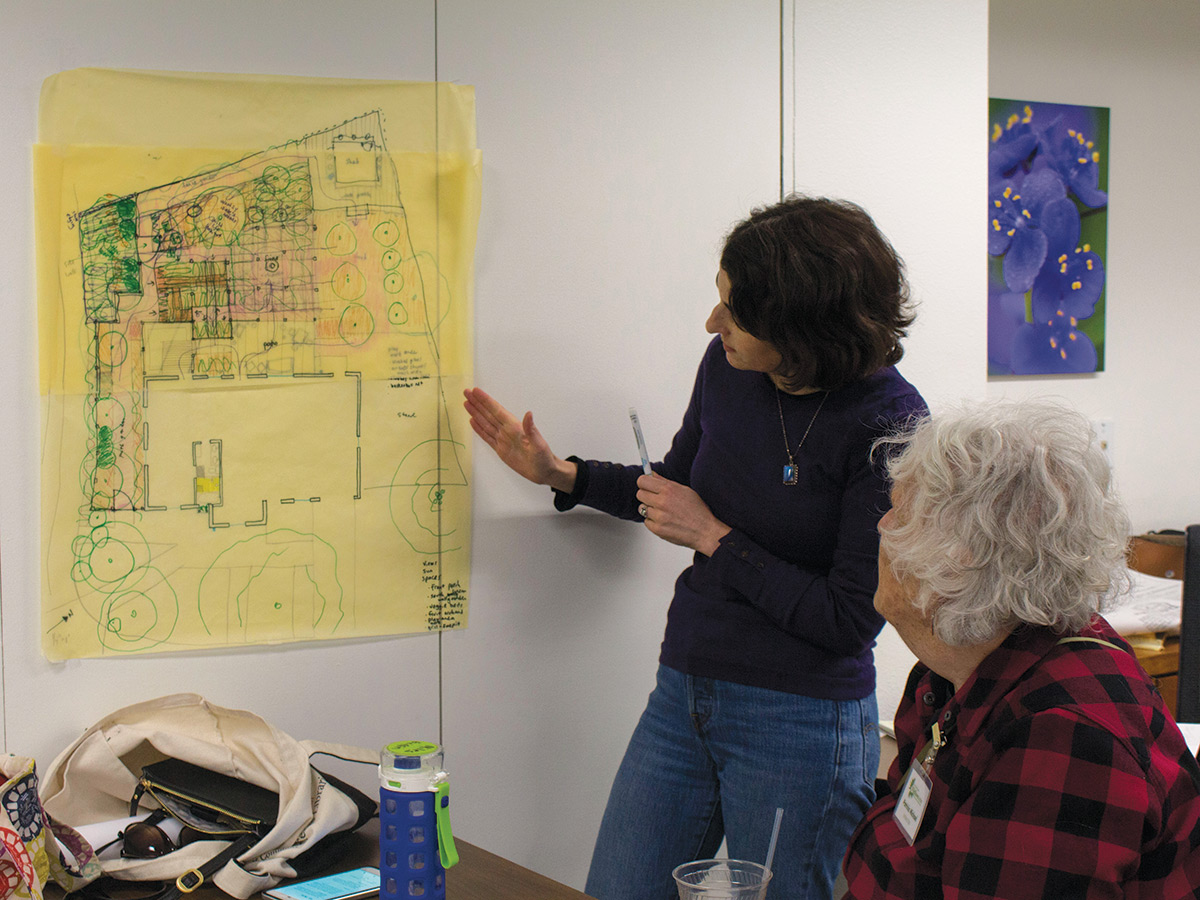Invasive Plant Disposal
INVASIVE PLANTS ARE AMONG THE MAJOR THREATS to native plant species all over the world. These intruders are typically non-native species that outcompete plants native to local ecosystems — altering habitats, reducing biodiversity, and even causing the extinction of native plants and animals. “Most invasive species get moved around by humans,” says Wildflower Center Conservation Ecologist Dr. Hans Landel, who oversees the Center’s work combating invasive species in Texas. “In the United States, many were originally in people’s gardens and then spread into natural areas,” he explains.
Texans face invasive plants in their own backyards, at local parks, and even for sale at nurseries. While it may be a challenge, management is necessary to maintain healthy landscapes and certainly worth the effort. Learning to identify invasive plants is the first step; recognition also helps prevent new introduction of invasives. Become a citizen scientist and hone your identification skills by attending an Invaders of Texas workshop.
REMOVAL
Invasive plant species can be treated in various ways: Mechanical methods involve physically removing plants from the environment; chemical methods use herbicides to kill plants and prevent regrowth; more complex cultural methods include grazing, over-seeding with native plants, prescribed burning and solarization.
A common, straightforward removal method is to pull plants out by the roots; this can be done by hand (we recommend a pair of sturdy gloves) or with a hoe, shovel or “weed wrench.” Leftover roots can restart the infestation, so pull as much of them as possible. Also keep in mind that seeds of invasive plants can stay viable in the soil for many years. For maximum effectiveness, remove plants before they seed or their fruit ripens.
DISPOSAL
Once you’ve plucked invasive species, it’s important to properly dispose of seeds and debris. Try these no-nonsense disposal methods:
Bag and Dry
When invasive plants are relatively small, put them in contractor-grade garbage bags after removal and leave them out in the sun to bake. Once they are dried out, the plants should be dead and can be tossed in the trash.
Chipping
This method is used for large woody plants that do not reproduce vegetatively (meaning asexually from a single plant — via rhizomes or stolons, for example). The easiest way to do this is to use a chipper and turn the plants into mulch. But do so only when fruits are not present.
Composting
You may be surprised to learn that composting invasive plant species is not typically recommended, as many invasives can easily take root in compost. Compost can also put invasive seeds back in the ground if used later in your garden. However, composting vegetative parts of plants without seeds or fruit is usually acceptable.
Before removing any invasive plant species, it is important to check with the Texas Department of Agriculture and Texas Parks and Wildlife Department to see which species can be transported and disposed of without a permit.
Sightings of certain invasive species of particular concern should be reported to Texas Invasives here.
For more information on invasive species in general, visit texasinvasvies.org.
How-Tos
Increase your skills and knowledge with these pro tips from our experts
Mr. Smarty Plants
10,000 answers to your gardening and plant questions
Classes & Programs
Participate in one of our popular educational programs



